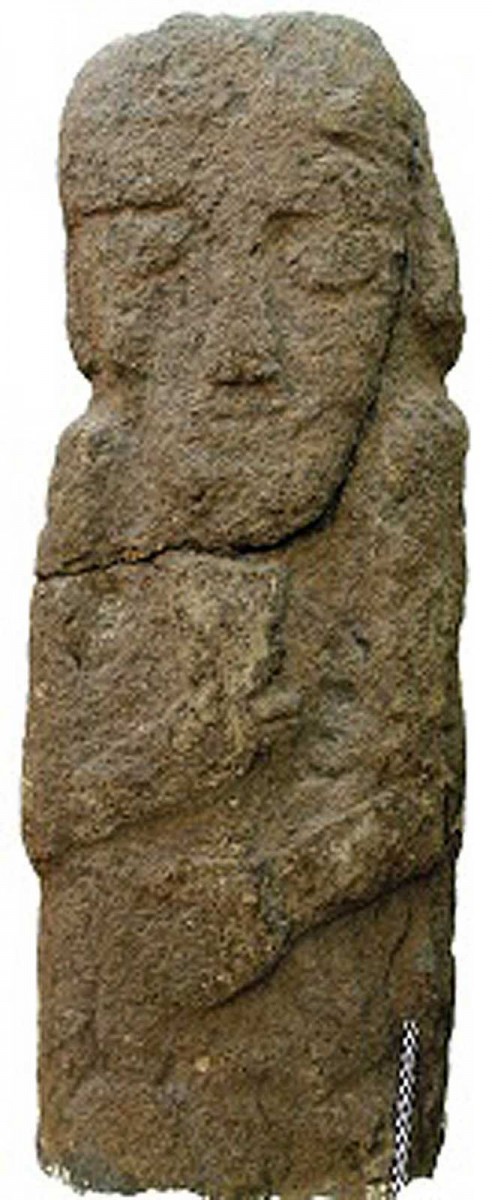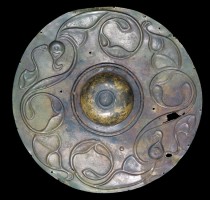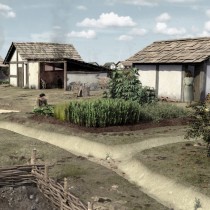Column bases may represent lost Urartu temple, according to a recent presentation given at the International Congress on the Archaeology of the Ancient Near East, held at the University of Basel in Switzerland.
Life-size human statues and column bases from a temple dedicated to Haldi, the supreme god of the kingdom of Urartu, have been discovered in the Kurdistan region of northern Iraq, where doctoral student Dlshad Marf Zamua of Leiden University has been conducting fieldwork since 2005.
The temple dates back over 2,500 years to the Iron Age and is located in the city of Musasir, “holy city founded in bedrock” and “the city of the raven,” according to ancient inscriptions. At that time Urartians, Assyrians and Scythians, among others, vied for supremacy over what is now northern Iraq.
The column bases were found accidentally by locals in a single village. Other finds, including a bronze statuette of a wild goat, were found in a broad area south of where the borders of Iraq, Iran and Turkey intersect.
A long-lost temple
“One of the best results of my fieldwork is the uncovered column bases of the long-lost temple of the city of Musasir, which was dedicated to the god Haldi,” Marf Zamua told Live Science in an email.
Haldi’s temple was so important that after the Assyrians looted it in 714 B.C., the Urartu king Rusa I was said to have ripped his crown off his head before killing himself.
He “threw himself on the ground, tore his clothes, and his arms hung limp. He ripped off his headband, pulled out his hair, pounded his chest with both hands, and threw himself flat on his face …” reads one ancient account (translation by Marc Van De Mieroop).
With the discovery of the column bases the mystery of the temple’s location can be narrowed down, said Marf Zamua.
Life-size statues and bronze statuette of a wild goat
During his work in Kurdistan, Marf Zamua also found several life-size human statues of bearded males -up to 2.3 meters tall- made of limestone, basalt or sandstone.
The statues were originally erected above burials and have a “sad moment” posture, according to Marf Zamua. Some of them “are holding a cup in their right hands, and they put their left hands on their bellies. One of them holds a hand ax. Another one put on a dagger. It is art and ritual of nomads/pastorals, especially when they [buried] their chieftains,” Marf Zamua said.
Most of the newfound statues date to the seventh or sixth century B.C., after Musasir fell to the Assyrians, and during a time when the Scythians and Cimmerians were advancing through the Middle East.
In addition to the statues and column bases, Marf Zamua found a bronze statuette of a wild goat about 8.4 cm long and 8.3 cm tall. Researchers are now trying to decipher a cuneiform inscription on the statuette.
Marf Zamua presented the discoveries recently in a presentation given at the International Congress on the Archaeology of the Ancient Near East, held at the University of Basel in Switzerland. In addition to his doctoral studies, Marf Zamua teaches at Salahaddin University in Erbil, which is the capital of Iraqi Kurdistan.




